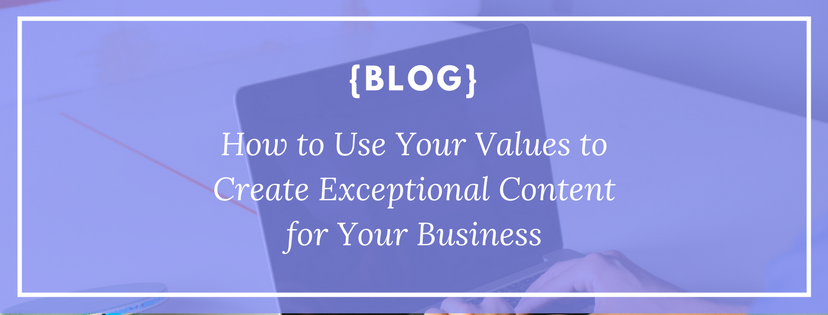Lots of companies today are putting in a lot of time and effort to create their business’s social media platforms. They are creating engaging campaigns, producing quality content and making a true effort to communicate with consumers.
But, after creating a strong social media presence, you MUST have an equally strong website that is easy for consumers to navigate otherwise all your social effort could be lost. Consumers who are initially interested in your brand after engaging in your social media platforms will be turned-off by your brand if your website rubs them the wrong way.
Too many companies get too focused on elaborate web design, and in the end their website can end up being too flashy, hard to navigate and confusing. Try to avoid these issues by creating a simple design strategy to compliment your social media efforts.
One of the major mistakes when designing websites is that there is no distinct call to action. Before making your site, ask yourself, What do you want consumers to do once they come to your site? Do you want them to contact you? Buy from you? Ask for more information? After you address these questions, then you have a set purpose in mind and you can design your website around that purpose to get the results you want.
Another mistake is confusing navigation. You do not want your potential consumers to arrive at your site and end up wasting time trying to find what they’re looking for. You want your site to be easy for users to navigate. Design it so that they are able to conveniently go back and forth from their location. Set up your site as if it’s a department store: you want clear signs shown obviously so users can see exactly where it is they want to go.
Additionally, you want to try out different browsers before settling on one. You might find a browser that looks great in Internet Explorer, but consider how it will look in other applications like Safari or Chrome. Before choosing your website design, test it out in a variety of different browsers so it is appealing to users no matter what application they’re utilizing.
Poor readability is another common issue with website design. Green and orange may be your company’s colors, but they might not read so well on the Internet. Make sure your visitors are able to read the text on your site by avoiding clashing colors. Also make sure that the size of the text is not too big or too small. If you have text that’s placed over images, check that the text is still readable.
The final mistake made when designing websites is enabling too much Flash. Websites that highlight important information with Flash elements are likely to run into several issues. One of these issues is that the design ends up being harder to read. Flash elements also slow down the load time of your site and consumers might end up leaving the site before it’s fully loaded. It’s also important to know that Flash is not good for SEO. Anything in Flash will not be indexed in search engines.
By avoiding these common web design mistakes, consumers enticed by your company’s social media will be more likely to stay interested in your brand by creating a well though out website. A simply designed website will be attractive to consumers and traffic to your site will ultimately increase!














